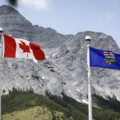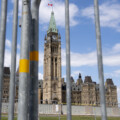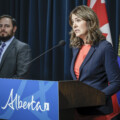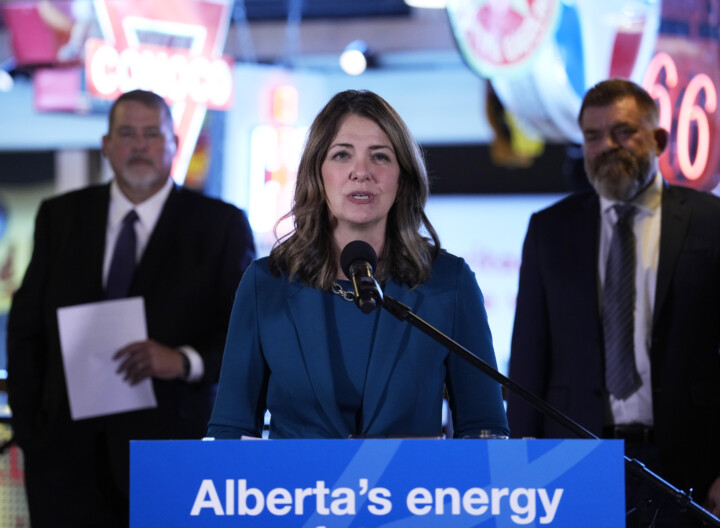Cast your mind back to the 2000s.
China was industrializing at a breakneck pace, and global demand for oil, natural gas, potash, lumber, grains, and metals surged. Alberta’s oilsands became the single largest driver of business investment in the country. The loonie climbed from 60 cents to parity against the greenback.
For many Canadians, those were the good old days.
Paul Martin—then Stephen Harper—were in charge. It was the last time Canada truly outperformed the United States on the economic front.
The only time comparable before that came in the 1970s.
Our neighbour south of the border was struggling, rocked by stagnation and energy insecurity. Canada, flush with new revenue and investment interests in the West, rode a wave of rising commodity prices.
That period, too, ended with regional tensions.
There’s something rhythmic about those highs. They were even punctuated (many would say punctured) by two prime ministers named Trudeau.
Sure, leadership and policy matter. Even many Liberals today won’t argue that overregulation, permitting delays, and investment uncertainty have a cost—the very problems Mark Carney’s first budget is trying to solve.
But beyond the eye-watering deficit number, or even the government’s tendency to cast itself as the solution to all of our problems—first socially, then personally, and now apparently, on the corporate side, too—it does have the diagnosis right.
So if Carney is serious about unlocking “one trillion dollars in total investments” in the next five years, then he has no choice but to look west.
“Historically, the only two episodes where we’ve had a persistent period of closing the gap with the U.S.—commodities played a critical role,” said University of Calgary economist Trevor Tombe on a recent episode of The Hub’s Alberta Edge podcast.
That gap is now arguably wider than ever in living memory.
To truly understand how grave the situation is, now cast your mind forward.
“If we can boost growth by half a percent per year relative to the States, it’ll take us until 2050 to return to where we were in 2015,” Tombe said.
A lot can happen in a quarter of a century. That’s six Olympic cycles, and at least as many federal elections. Supposedly, we’re to hit net zero on the emissions front by 2050. But beyond that, it’s hard to imagine what life looks like.
The answer is a lot poorer if we don’t grow faster, and soon. And by fast, Tombe means faster than the U.S.—year after year!
“It’s a big hole we dug,” he said plainly.
The digging didn’t start yesterday.
Mark Parsons, chief economist with ATB Financial, says our economic slide didn’t begin with Donald Trump’s tariffs, even though they jolted the country awake to hire Carney as a kind of national turnaround consultant.
“The Canadian economy has been growing by adding people, and government spending, and consumer spending. But it’s been growing without more investment,” Parsons said. “That just cannot continue.”
There’s plenty to lay at the feet of the last prime minister. His critics don’t call it the “lost decade” for nothing.
The article argues Alberta's resources are key to Canada's economic growth. What policy shifts could best leverage this potential while addressing climate concerns?
Economists in the article highlight a historical pattern of Canada's economic highs being linked to commodity booms. Is this reliance on resource wealth sustainable for long-term economic stability?
The article implies a disconnect between political discourse and economic reality regarding Alberta's role. How can Canada bridge this gap to foster national economic unity?











Comments (0)